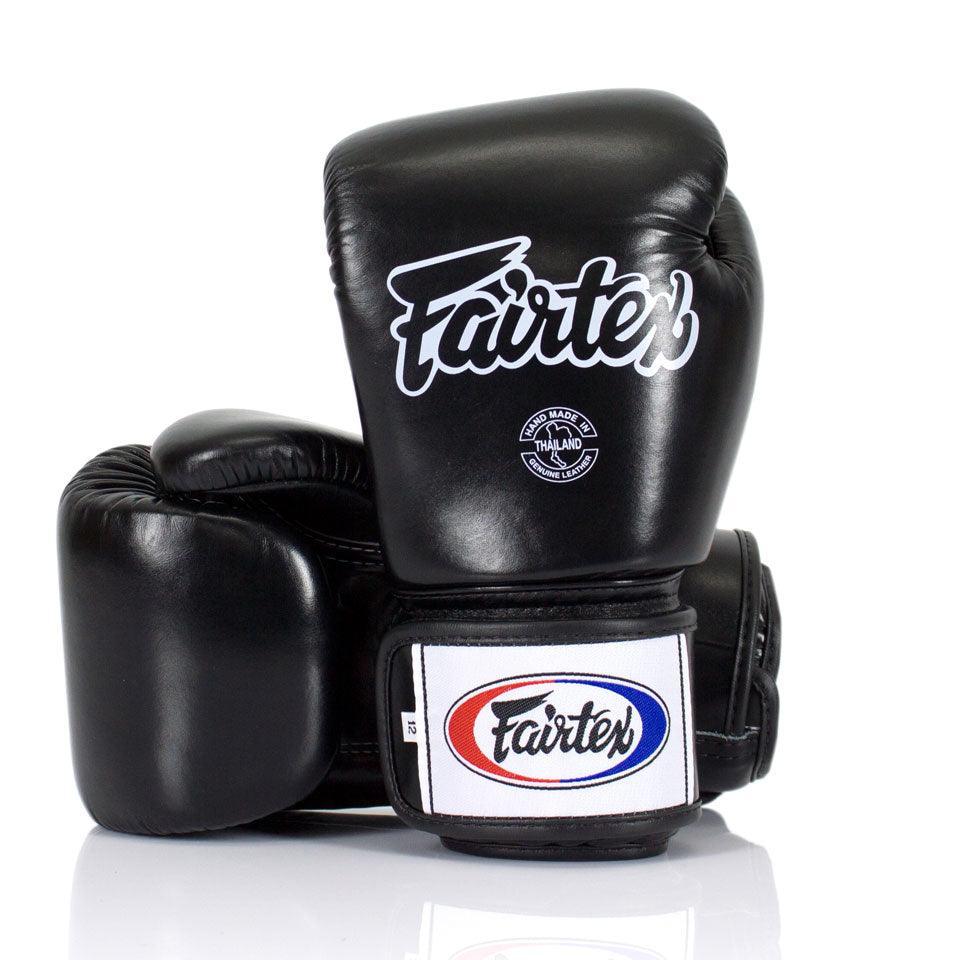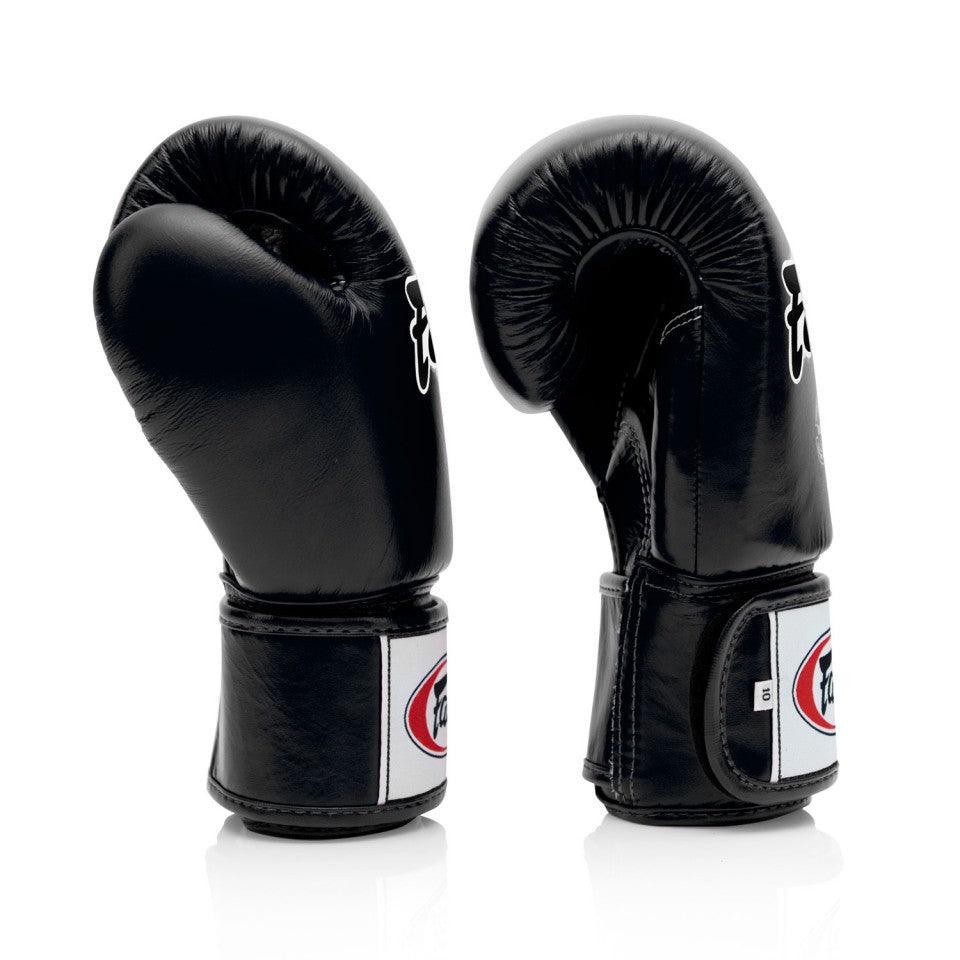Tips
Welcome the strikes
Don't shy away from incoming strikes, especially those at your face. If you blink when strikes are coming towards your face, you'll fail to see additional strikes coming after them and any movement your opponent does in-between.
Instead, welcome the strikes, watch them as they come in and employ the most appropriate guard. You'll naturally close your eyes if the strike comes straight into you face and makes contact, that's fine as it'll only be for a fraction of a second, but what you should avoid is blinking as the strike is incoming.
Slow and steady sparring and drill-work is especially useful for beginners in combating this issue. With practice and time, you'll get used to strikes coming towards your face and where to look, without blinking. You will relinquish the reaction of blinking and flinching and, instead, naturally prepare yourself to blocking, evading, and, in parallel, think about how you can counter with proper footwork.
Take it slow and build pace over time
This is incredibly important as rushing into full-contact sparring and drill-work without taking the time to reduce the amount you flinch and blink increases the likelihood of injury. It can quickly demoralise you too.
Your brain needs continuous exposure to incoming strikes, followed by a conscious effort to embrace those strikes without flinching or blinking before it makes those efforts subconscious and, therefore, automatic. Like shin-conditioning, this cannot be rushed. Take your time and build the pace of incoming strikes over time, allowing your muscle memory to develop. Diversify your training by routinely changing the drills and techniques but continue to focus on achieving the same goal.
Drills
There are some useful drills involving specific equipment which you can work with to reduce your flinching, these include pool noodles and reflex balls. Both of these are helpful but both are typically designed for purposes other than reducing your flinching and blinking tendencies.
Hereafter we'll talk through a couple of drills which are incredibly useful for this specific purpose. It's important to note that you'll need to practice these regularly and with incredible focus. Over time you can increase the pace and decrease the frequency you practice the specific drills, instead replacing them with sparring and other drills.
Back against the wall defense
This drill is all about defence and employing the correct defensive technique for the incoming technique, without any consideration of movement or counter-attacks. It's incredibly useful for forcing you out of your comfort zone and forcing your body and mind to react as one in order to protect against incoming strikes.
You simply stand with your back against the wall and defend against incoming strikes. You can incorporate any kind of strikes, although, when starting out, it's worthwhile focusing on one kind (e.g. boxing) and then scaling up (e.g. boxing, then boxing and knees, then add low kicks, then add all kicks). Ensure your partner starts by throwing the strikes at a slow pace and then increasing volume and speed as the round goes on.
The following video features the legendary Bas Rutten who demonstrates the drill:
Tit for tat drills
Tit for tat drills are excellent ways to warm-up for sparring and hone specific techniques/combinations on your partner. They're also a great introduction to getting hit and hitting back without the pressure and stress of full-contact sparring.
The drills are simple: you hit me, break, I hit you. You can start by have a 2-strike tit for tat, which means you throw 2 strikes (ideally in combination), break, then your partner throws 2 strikes. For an added challenge, you can make these strikes mirrored with one partner dictating the combination. Over time, increase the number of strikes per tit for tat – 3 strikes each/4 strikes each/2 strikes and end with a low-kick each.
This is a controlled drill which enables people to try out their techniques and combinations without fear of getting overwhelmed and hurt. It also forces people to develop their defence in the knowledge that only a certain amount of strikes will be coming their way each time. You should start the drill at a slow pace and increase pace and power punches of the strikes over time – although only if both partners are comfortable doing so.
How can you be not scared to spar in Muay Thai?
To overcome fear in sparring, focus on training your reflexes and developing proper Muay Thai technique. Practice drills to improve reaction time and sparring techniques to feel more in control. Remember to breathe, stay calm, and trust in your training to lessen fear during sparring sessions.
Conclusion
It's natural to flinch and blink in the face of an incoming strike. Your body is designed to do so. However, with regularly training and focus on controlling your mind and body, you can be comfortable in the face of incoming strikes and eliminate any flinching.
Undertake specific drills designed to help with this and build them into your overall Muay Thai training regime. You should also spar with people who recognise your need to develop this area of your game and can adapt their style, power and speed accordingly to help you learn. Taking different approaches to each sparring session can help too.













